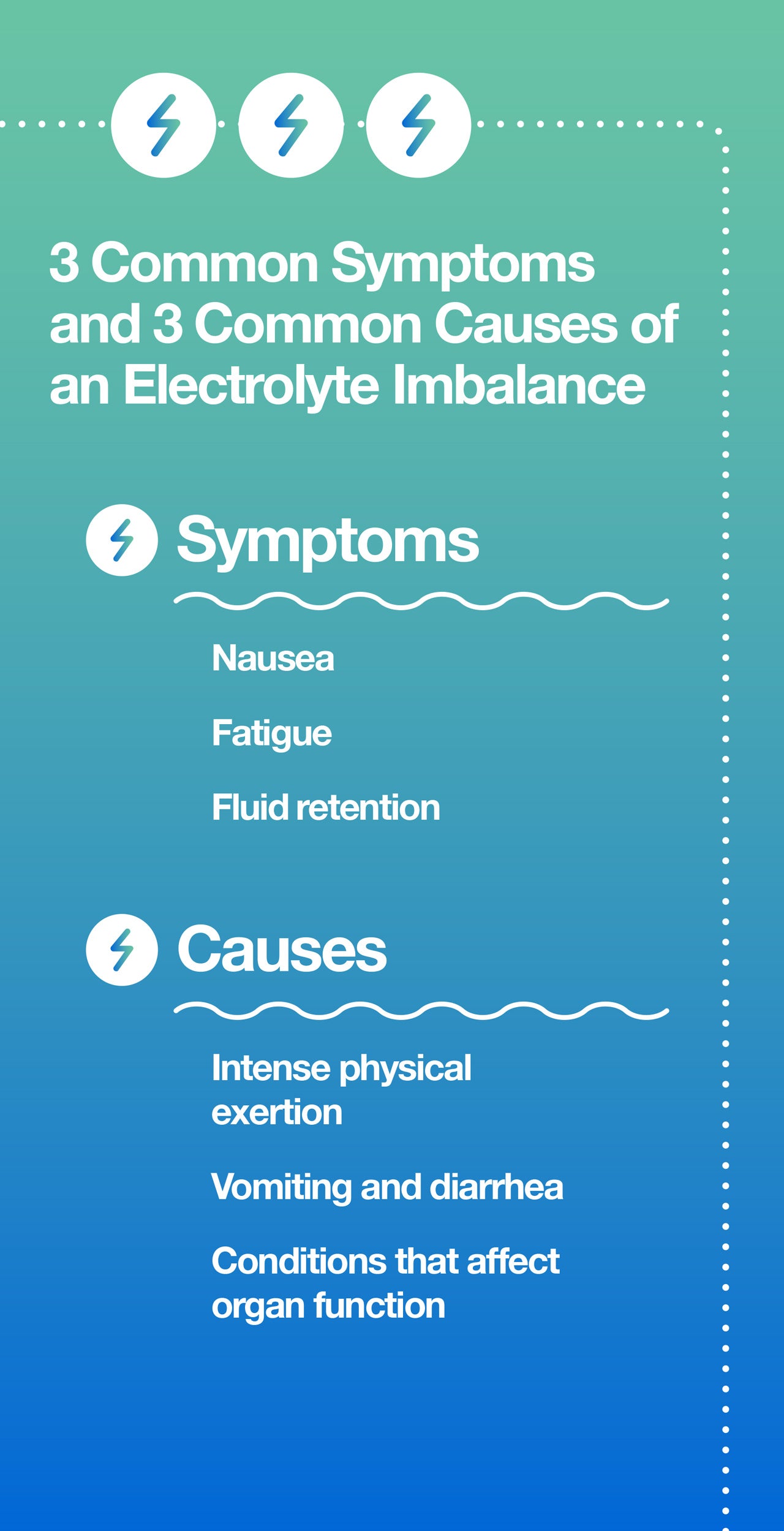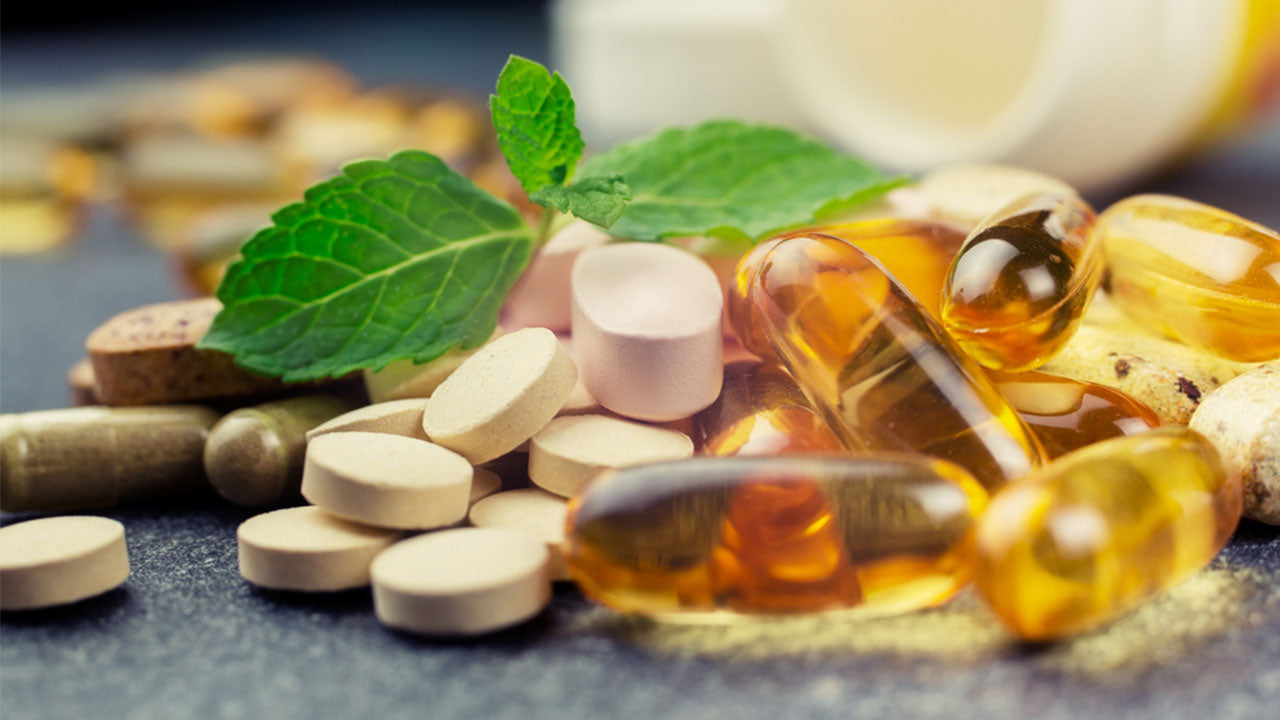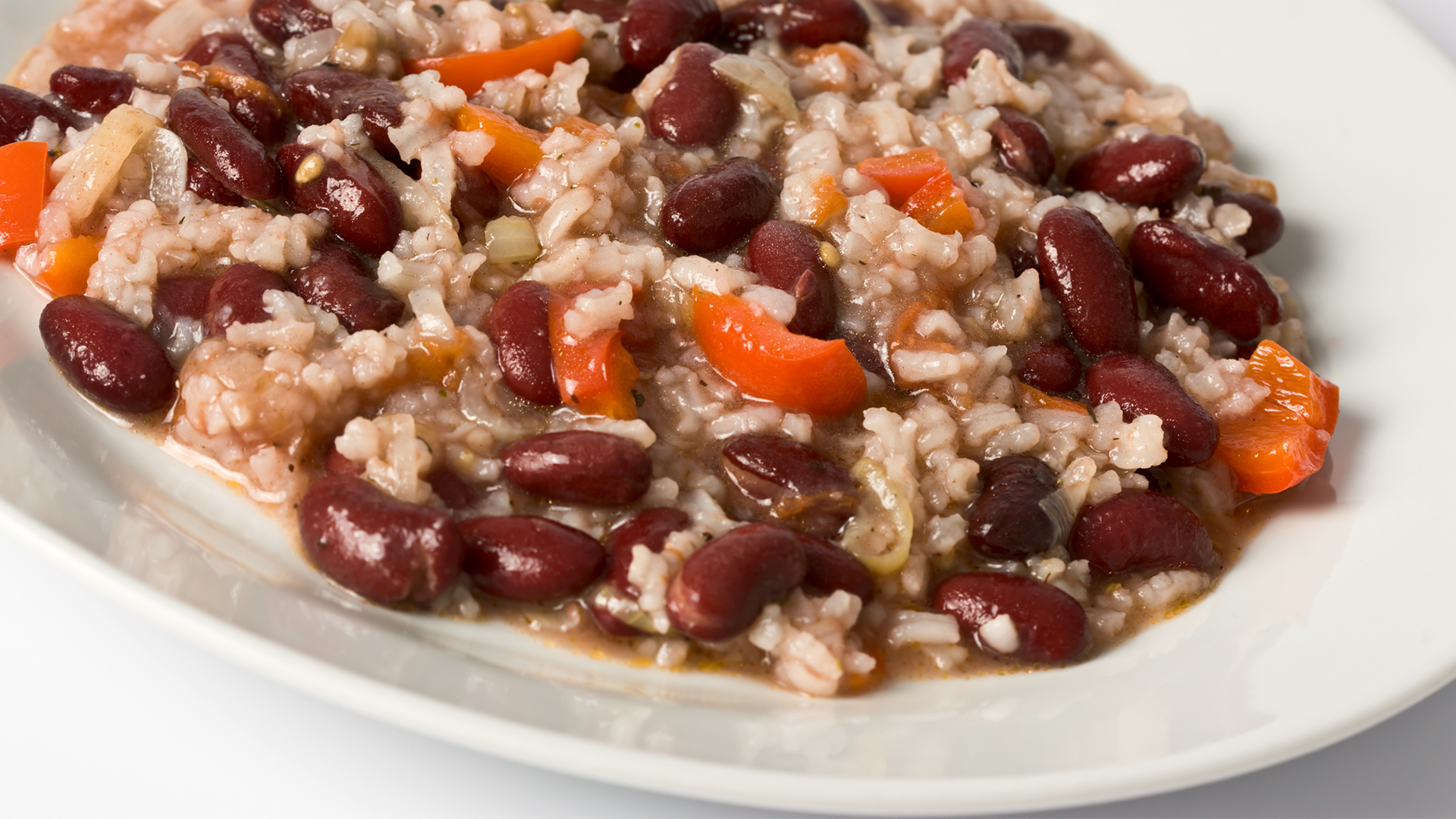How to Maintain an Optimal Electrolyte Balance
 By: by Amino Science
By: by Amino Science

Water, as you almost surely know, is entirely essential to your health and well-being. At birth, our bodies are made up of an average of 78% water, according to information provided by the U.S. Geological Survey (USGS) Water School. As we age, that number drops. By adulthood, the volume of water in a man’s body is about 60% for men and in a woman’s, about 55%. The water in your body contains vital compounds, including different types of cells, proteins, and electrolytes. In addition to staying hydrated, it’s important to ensure you maintain an ideal electrolyte balance.

What Are Electrolytes?
Electrolytes are minerals that take on an electric charge—either positive or negative—when you ingest them. This allows them to conduct electricity and relay electrical signals throughout your body. These signals are crucial to many of the bodily functions that keep you alive.
Electrolytes can be found in your blood, urine, and other bodily fluids, as well as in your body’s soft tissues. We take in electrolytes from the foods we eat and liquids we drink.
Electrolytes have a number of vital roles to carry out inside the human body; for instance, they help to:
- Ensure an appropriate volume of water in your body
- Balance your body’s pH level
- Transport nutrients into your cells
- Flush waste byproducts out of your cells
- Maintain the healthy functioning of your nerves, muscles (including your heart!), and brain
- Support the creation of new tissues

Each electrolyte contributes in its own specific way. Here are seven of the most important electrolytes as well as their main roles.
1. Sodium
While it’s certainly possible to consume too much sodium, you don’t want to eliminate sodium altogether. We need to ingest a minimum of 500 milligrams daily, according to the American Heart Association (AHA). Sodium helps maintain the ideal balance of water in and around your cells, stable blood pressure levels, and proper nerve and muscle functions. Having too little sodium in your blood is called hyponatremia.
Most Americans, however, consume far more sodium than they need. The 2015–2020 Dietary Guidelines for Americans recommends limiting sodium consumption to under 2,300 milligrams per day, yet the average daily sodium intake for an adult living in the United States is over 3,400 milligrams.
2. Chloride
Table salt is made up of sodium and chloride. Other dietary sources of chloride include seaweed, rye, tomatoes, lettuce, celery, and olives.
This mineral is a key ingredient in several bodily fluids. It helps to balance levels of other electrolytes as well as your body’s pH levels. It’s also essential to healthy digestion. Research shows that chloride has a significant impact on your blood pressure levels as well. Scientists are still exploring exactly how dietary chloride intake affects blood levels and cellular concentrations, but it’s clear that this electrolyte plays an important role in supporting the health of your heart.
3. Potassium
Eating a diet rich in potassium has been linked to a wealth of health benefits. Studies show it can lower cardiovascular risk factors, improve bone health, prevent water retention, and stop you from developing kidney stones.
Foods high in potassium include bananas, oranges, sweet potatoes, zucchini, and cooked spinach.
4. Magnesium
This mineral contributes to over 300 separate functions in the human body. We need magnesium for the production of DNA and RNA, proper nerve and muscle function, steady heart rhythm, balanced blood sugar levels, and strong immune system function. Low levels of magnesium have been linked to health problems ranging from anxiety to osteoporosis to tooth decay.
Eating plenty of leafy greens, vegetables, and nuts and seeds will go a long way toward meeting your body’s magnesium needs.
5. Calcium
Calcium is the most abundant mineral in your body. Consuming enough calcium ensures that our bones and teeth remain strong, communication between our brains and other parts of our bodies are transmitted smoothly, and our blood clots appropriately.
Milk, broccoli, and tofu are all foods rich in calcium. It’s also important to eat enough vitamin D so that you can absorb and retain calcium.
6. Phosphate
Phosphate is generated when the mineral phosphorus combines with oxygen. Eating foods like beans, nuts, eggs, and fish spurs the production of phosphate. Our bodies use phosphate to strengthen our bones and teeth as well as to help our cells produce the energy they need for tissue growth and repair.
It is possible to overconsume phosphorus, especially in the form of food additives. Getting an appropriate amount of phosphorous from whole, natural foods is best.
7. Bicarbonate
Bicarbonate has a number of important functions, namely, maintaining a healthy pH balance and heart function. Bicarbonate also acts as a buffer to prevent the accumulation of lactic acid in your muscles, which can lead to less soreness and quicker recovery times after intense workouts.
While you may not recognize the term “bicarbonate,” you’re probably familiar with a baking ingredient in which it’s a main component: sodium bicarbonate, better known as baking soda.
Why Electrolyte Levels Matter
It’s important for the levels of fluids inside and around your cells to remain relatively consistent. Typically, approximately 40% of your body weight comes from fluids found inside your cells and 20% comes from fluids outside your cells. Electrolytes help to keep fluid levels inside and outside your cells balanced.
While it’s fine for your electrolyte levels to fluctuate, there’s a range that they should remain within. Having an electrolyte imbalance, due either to too many or too few minerals, can cause serious problems.

The underlying cause of an electrolyte balance will affect what symptoms appear. Some common symptoms, however, are nausea, fatigue, and fluid retention.
While numerous factors can lead to an imbalance, they all have to do with the amount of water in your body changing. It’s important to take in an amount of water equal to the amount you excrete. If you have too little water in your body, that’s called dehydration. If you have too much, that’s overhydration. Part of correcting the imbalance is to identify and treat the underlying cause.
Some of the issues that can result in an electrolyte imbalance include:
- Intense physical exertion
- Vomiting
- Diarrhea
- Medications such as diuretics, antibiotics, and chemotherapy drugs
- Alcoholism and cirrhosis
- Heart failure
- Kidney disease
- Diabetes
- Eating disorders
- Severe burns
- Certain kinds of cancer
How to Maintain Your Electrolyte Balance
While you can get many of the minerals that function as electrolytes from the food you eat, there are some instances in which it may also be helpful to replenish your stores with electrolyte drinks. The first, and best known, electrolyte drink is Gatorade. In 1965, a Florida Gators football coach consulted doctors to try to work out why his players wilted so quickly when temperatures got hot. The doctors explained to him that the players were losing too many electrolytes. And thus, Gatorade was born.
Sugary, carb-heavy sports drinks can be a good choice for some people in some situations, but they’re certainly not the only option out there for restoring your electrolyte balance. Combining electrolytes and amino acids can be an especially effective choice.
There’s compelling evidence to show that electrolytes and amino acids work together, each influencing how your body takes in and utilizes the other. If you’re using an amino acid supplement as part of your training regimen, it’s especially important that it take electrolyte balance into account, since you lose electrolytes—primarily sodium and potassium—through your sweat.
Amino acid supplements that contain sodium and potassium work wonderfully for rebalancing your levels since the active uptake of amino acids occurs in tandem with sodium transport. When you take electrolytes with amino acids, you absorb more than if you take them alone. Plus, studies show that electrolyte beverages containing amino acids increase cellular rehydration more effectively than those that don’t.

Up to 25% off Amino
Shop NowTAGS: food
Join the Community
Comments (0)
Most Craveable Recipes




 833-264-6620
833-264-6620



















